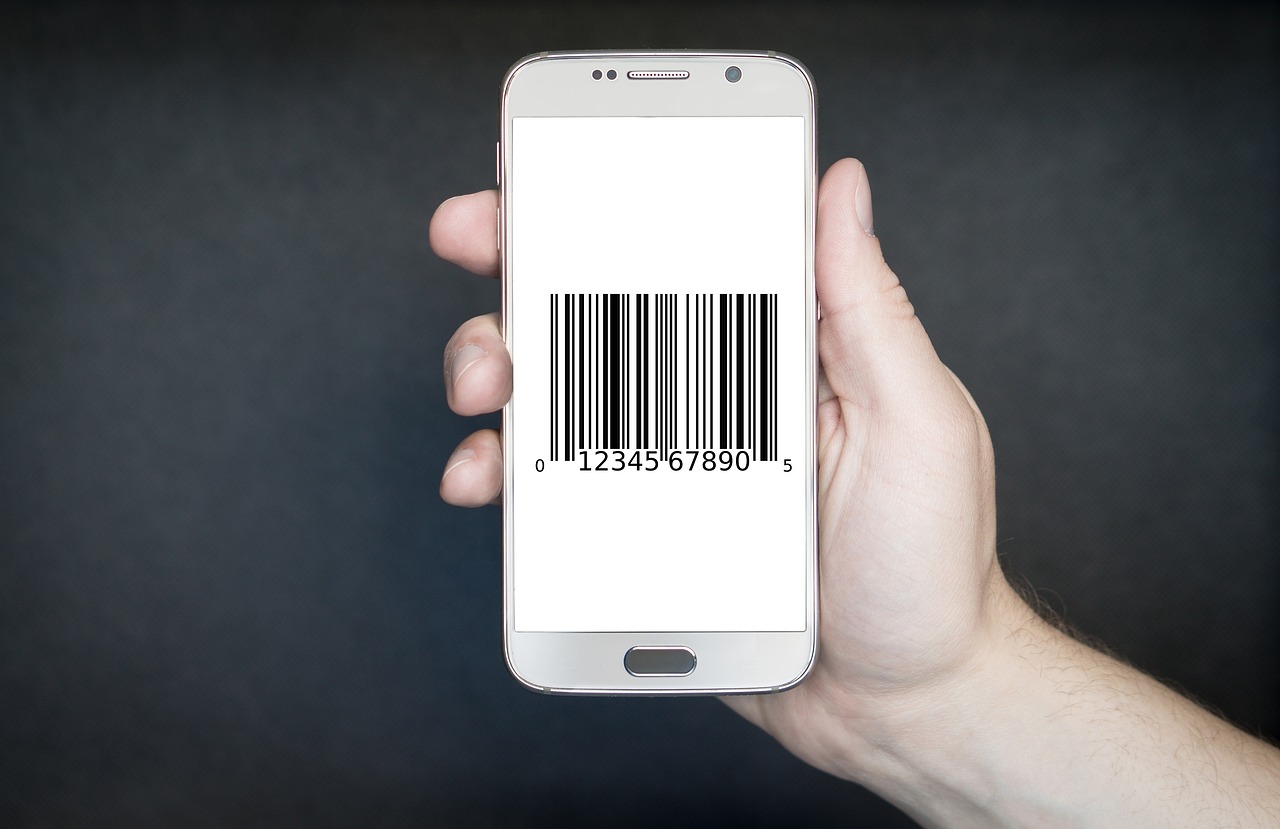Members of the drug supply chain, specifically wholesalers and manufacturers, have been working furiously towards meeting product identifier requirements for a fast approaching deadline. The deadline requires that pharmaceutical manufacturers adhere product identifiers to every package or homogenous case.
Product Identifiers
Members of the drug supply chain, specifically wholesalers and manufacturers, have been working furiously towards meeting product identifier requirements for a fast approaching deadline. The deadline requires that pharmaceutical manufacturers adhere product identifiers to every package or homogenous case. The initial product identifier deadline was November 27, 2017. However, the FDA granted a one year extension on meeting the requirements before they would proceed with taking action against any manufacturer without the proper labeling.
This past September, the FDA issued a draft guidance titled “Product Identifiers Under the Drug Supply Chain Security Act Questions and Answers – Guidance for the Industry”. The guidance was issued to answer questions, concerns and misperceptions about how drug supply chain members should be moving forward with their compliancy measures as the November deadline approaches.
The draft guidance covered some very important points, many of which being questions that had been of primary concern for pharmaceutical supply chain members. For those involved, an understanding of what the was contained within the draft guidance is crucial, especially considering that we’re on the verge of the clock striking midnight on the deadline extension. To clarify some key points of the draft guidance, here are a few important questions and answers about product identifiers under the DSCSA.
“The product identifier requirements of the DSCSA apply to packages and homogenous cases of pharmaceutical products, or prescription drugs, that are in a finished dosage form and can be presented to the patient for consumption during treatment without substantial further manufacturing. ”
Which Types of Pharmaceutical Products Are Required to Have Product Identifiers Under the DSCSA?
The product identifier requirements of the DSCSA apply to packages and homogenous cases of pharmaceutical products, or prescription drugs, that are in a finished dosage form and can be presented to the patient for consumption during treatment without substantial further manufacturing.
It’s actually simpler to list the pharmaceutical products that are excluded from the DSCSA product identifier requirements. Exclusions under the act include human blood or blood components that are intended for transfusion, imagining medication, medical gas, radioactive medications, homeopathic medications that have been marketed in accordance of guidelines under the FD&C act, and certain intravenous products.
All other pharmaceutical products that meet the criteria of a prescription medication must follow the product identifier guidelines.

What Is the Difference Between the Required Product Identifiers for the Human Readable Portion and the Machine Readable Portion of Drug Package Labels?
The draft guidance states that machine readable formats must be presented in a 2 dimensional data matrix barcode when attached to or printed on a package. Concerning homogenous cases, the machine readable format must be presented in a linear barcode or 2D data matrix when attached to or printed on the case.
To ensure that healthcare practitioners are able to easily and accurately use product information, the draft guidance suggests a specific, consistent format for human readable product identifiers. The suggested format is as follows:
- Product NDC
- Serial Number
- Lot Number
- Expiration Date
Are Manufacturers and Wholesalers Able to Use the GTIN Instead of the NDC In the Human Readable Part of the Product Identifier?
Of all the information supplied by the draft guidance, this was one that sent a few members of the drug supply chain into a panic. The industry’s standard practice has been to use a GTIN (Global Trade Identification Number) that includes digits from the NDC, however the GTIN is composed of more numbers and presented in a different format than the NDC.
The answer to this question is no. The reason that the FDA expressed concern over the use of the GTIN as a stand alone identifier is that the it presents an increased risk of misidentifying the product on the human readable portion of the label. The 3 digit format of the NDC is friendlier to the human eye. Although the GTIN cannot be used as the sole identifier, it still can be included voluntarily if the NDC is already on the label.
Do Product Identifier Requirements Apply to Prescription Medications That Are Marketed Without Approval From the FDA?
Yes, these types of medications are included in the product identifier requirements of the DSCSA. Furthermore, prescription medications that are marketed without approval from the FDA also require the manufacturer to submit their product identifier as a component of the product labeling for registration, independent of approval status.
Is It Acceptable to put a 2D Matrix Barcode on a Product In Lieu of a Required Linear Barcode?
Even though both include the NDC number, the answer to this question is no. The draft guidance went on to include examples of different types of product packaging and the suggested type of product identifier that should be affixed.
For example, according to the chart, a 60 count bottle of tablets would be required to have 2D data matrix barcode, with a linear barcode as required under Section 201.25. For comparison, a homogenous case of 10 bottles, each containing a 100 capsules would be required to have a linear barcode or 2D data matrix barcode, while the individual bottles would be required to have the 2D data matrix barcode.
Is It Possible for a Manufacturer or Repackager to Request a Waiver, Exemption or Exception from the Product Identifier Requirements Set Forth in the DSCSA?
Yes, the FDA reserves the authority to approve a request for a waiver, exception or exemption from the product identifier requirements of the DSCSA. Any manufacturer or repackager that is interested in seeking a waiver, exception or exemption should reference the guidance titled “Waivers, Exceptions and Exemption from the Requirements of Section 582 pf the Federal Food, Drug and Cosmetic Act”. This document will help interested parties understand when such a grant may be issued, and what other information should be included with the request, along with additional key details.
How Can I Simplify the Serialization and Traceability Processes Required by the DSCSA?
This one simple – turn to a trusted partner and provider of traceability and serialization software solutions. We’re here to provide you with the services your pharmaceutical supply chain business needs to efficiently navigate the DSCSA compliancy requirements, both today and into the future. We handle the details and stress of compliancy, so you don’t have to.




